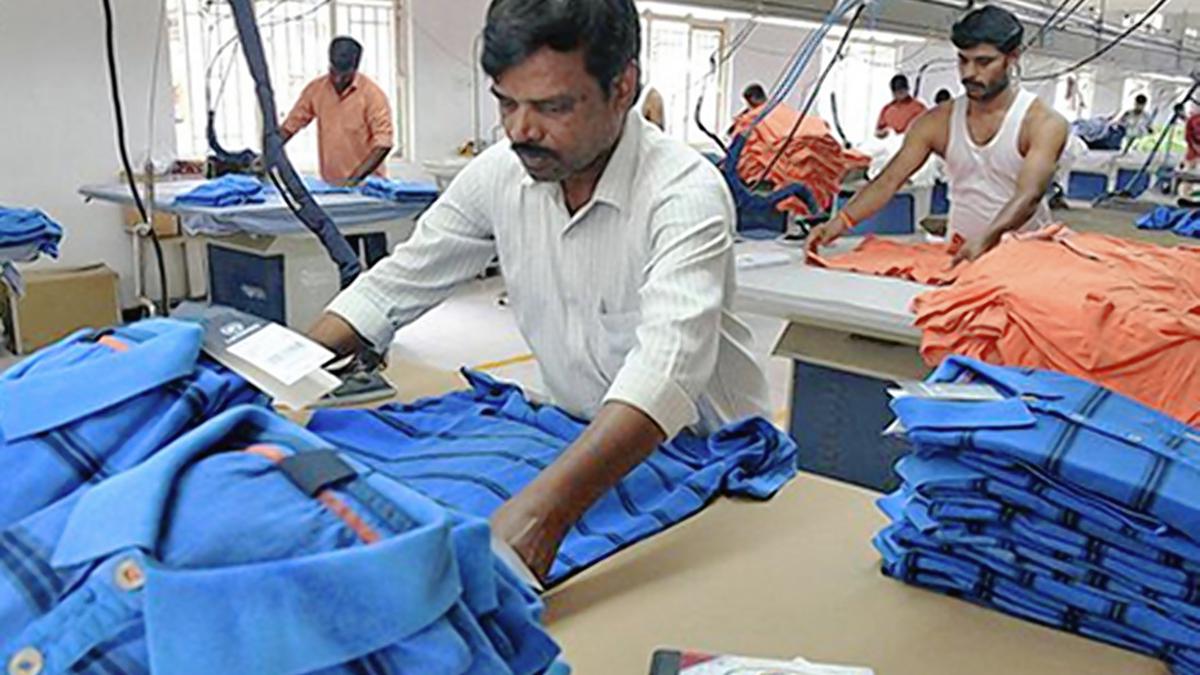Garment exporters in Tiruppur have their fingers crossed what with the Red Sea attacks on cargo vessels, by Yemen-based Houthi militia, plunging them into crisis.
Prior to the Red Sea attacks that has disrupted the shipping route to European Union ports, the Tiruppur Exporters’ Association had targeted attainment of last year’s turnover of ₹ 34,000 crore for 2023-24. As things stand, reaching the target is not an absolute certainty, according to a senior functionary.
Shipping of a container to destinations in the European Union, and the east coast of the U.S. that used to be around 800 US dollars now costs three times more along the circumlocutory route of the Cape of Good Hope, for the exporters in Tiruppur.
“Also, the transit time has gone up by 10 to 12 days, which will have a definite supply-chain impact. The crisis has caused a crippling impact on most of the export firms that mainly fulfil short-term deliveries,” Kumar Duraisamy, Joint Secretary, Tiruppur Exporters’ Association, said.
The crisis has come at a time when the momentum for clearing the inventories caused by COVID was gathering pace. While container availability was not a worrisome issue as of now for the thousands of exporters in varying scales in Tiruppur, the escalated freight rate and the extended transit duration have placed all in a piquant situation, Mr. Duraisamy said, adding that the abrupt rise in air-freight charges for those looking to make timely deliveries has further precipitated the predicament of the exporters.
“It is simply impossible for exporters to absorb the escalated cost of shipments. Navigating through this situation is going to be a rather tough proposition,” P.H. Krishnaraj, a garments exporter, said.
In the wake of the Red Sea crisis, the Central Government has directed the ECGC (Export Credit Guarantee Corporation) to desist from raising insurance premiums amid rising cost of shipping to Europe.
Most of the exporters in Tiruppur are known to follow the Free on Board (FOB) marine insurance policy, which entails the seller’s responsibility for goods until they are successfully placed on the designated vessel.
Be it the FOB or CIF (Cost, Insurance and Freight model in which the seller is responsible for the costs of transporting the cargo and obtaining insurance to protect the buyer from any damage to the goods), the exporters will be inevitably hit hard as they have to necessarily bear the additional freight cost , Mr. Duraisamy pointed out.
Published on : 19th January 2024
Source : The Hindu

